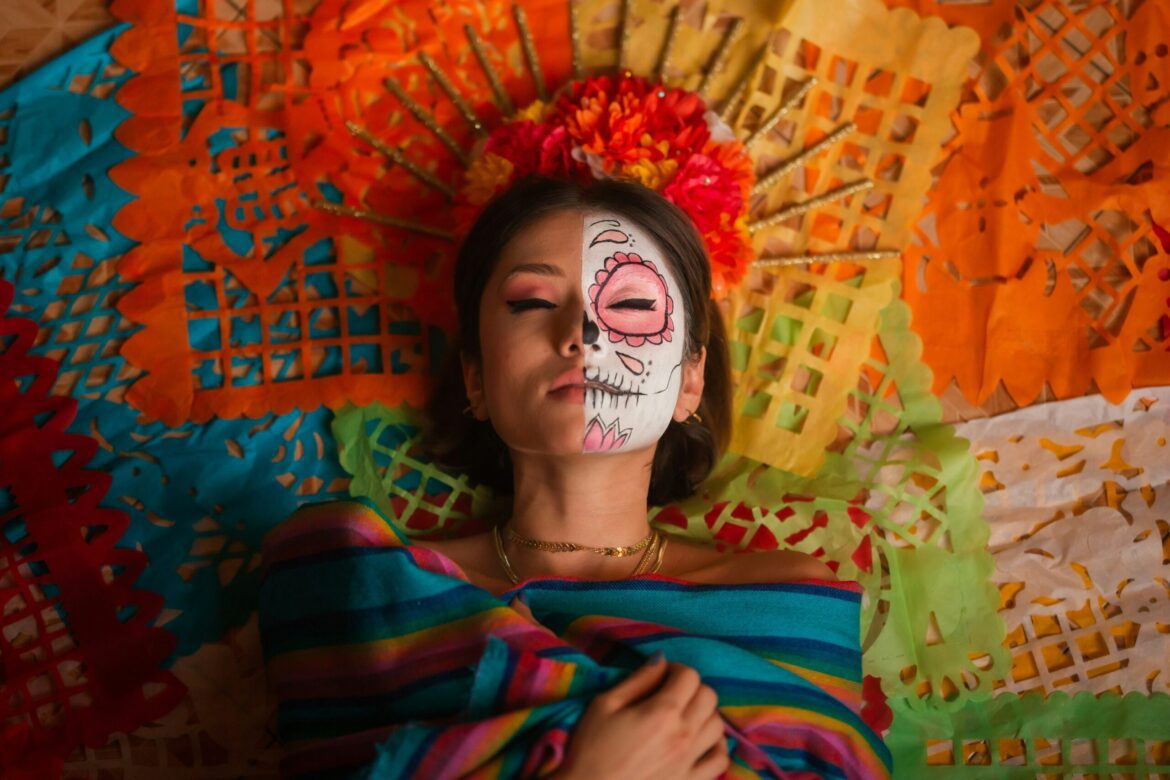Los Angeles has long been a tapestry of diverse cultures, and at the heart of this vibrant mosaic lies the Latinx community. Their influence permeates the city’s art, music, and cultural expressions, continually reshaping and reimagining traditions to reflect contemporary experiences. This dynamic evolution is evident in various cultural events and artistic endeavors that celebrate and redefine Latinx heritage.
One of the most prominent celebrations is the annual Día de los Muertos at Hollywood Forever Cemetery. Held every October, this event honors deceased loved ones through elaborate altars, traditional music, dance, and art. Recognized as the largest Día de los Muertos celebration outside of Mexico, it attracts thousands of visitors annually, offering a unique blend of Mexican traditions with a distinctly Los Angeles flair.
In the realm of visual arts, Judy Baca stands as a towering figure. Her magnum opus, The Great Wall of Los Angeles, is a monumental mural that chronicles California’s history through the lens of marginalized communities. Spanning over half a mile along the Tujunga Wash in the San Fernando Valley, this collaborative work involved more than 400 youth and artists. Initiated in 1976, the mural continues to evolve, with recent expansions at institutions like the Los Angeles County Museum of Art (LACMA), ensuring its relevance to new generations.
Institutions such as LA Plaza de Cultura y Artes and the Museum of Latin American Art (MOLAA) in Long Beach play pivotal roles in promoting Latinx art. LA Plaza, situated in downtown Los Angeles, offers exhibitions and programs that delve into the history and contributions of Mexican and Mexican American communities. MOLAA, founded in 1996, remains the only museum in the United States dedicated exclusively to modern and contemporary Latin American and Latinx art, housing a vast collection that spans various mediums and periods.
The resurgence of Latinx art is also evident in contemporary exhibitions that challenge and expand the narrative of Latinx identity. Shows like X FACTOR: Latinx Artists and the Reconquest of the Everyday at the USF Contemporary Art Museum explore the nuances of Latinx life, addressing themes of identity, migration, and daily experiences through innovative artistic expressions.
Moreover, the legacy of Chicano artists from the 1970s, such as the collective ASCO, continues to inspire. Known for their avant-garde performances and conceptual art, ASCO challenged the art world’s norms and highlighted the struggles of Mexican Americans in East Los Angeles. Their work, including the iconic “Spray Paint LACMA,” remains a testament to the power of art as activism and its role in societal change.
As Los Angeles moves further into the 21st century, the Latinx community’s influence on its cultural and artistic landscape only deepens. Through festivals, murals, museums, and contemporary art, Latinx artists and cultural leaders are not merely preserving traditions—they are reimagining them, ensuring that their rich heritage continues to thrive and evolve in the heart of California.

